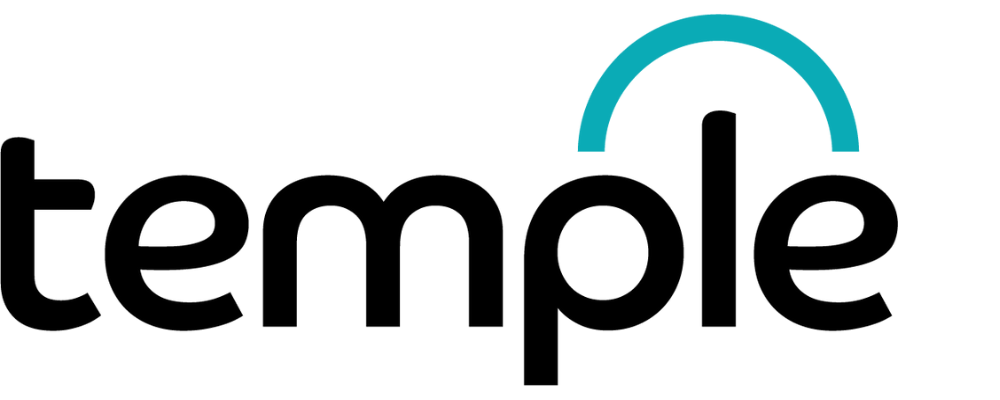Is your supplier network putting you at risk?
When thinking about cybersecurity, it’s easy to focus solely on your internal systems and policies. But what if the real danger lies beyond your business? For many organisations, the greatest vulnerability isn’t in-house, it’s within their network of suppliers.
In this post, we’ll explore why third-party risks are so critical, how they can affect your operations, and what you can do to build a more resilient supply chain.
One weak link can break the chain
Recent incidents across various sectors have made it clear: your security is only as strong as the companies you rely on. Whether it’s an IT provider, logistics partner or data processor, a breach at any point in your supply chain can have far-reaching consequences for your business.
And it doesn’t always require sophisticated hacking techniques. Social engineering – where attackers manipulate individuals into giving up access – continues to be a favourite tactic. These attacks don’t just target technology; they exploit human behaviour, and they’re particularly effective when aimed at suppliers who have privileged access to your systems.
The hidden impact of a third-party breach
A supplier-related security breach can hit your organisation hard. It may lead to delays in operations, exposure of sensitive customer information, loss of revenue, and significant reputational damage. Worse still, regaining customer trust after such an incident can be a long and uncertain road.
Modern businesses operate in highly connected ecosystems. A disruption at one node can ripple through your entire operation, affecting everything from stock management and service delivery to customer engagement and data protection.
Understanding and managing third-party risk
The reality is simple: even if your business has robust security controls, those efforts may be undermined if your suppliers don’t follow similar standards. Criminals often target smaller, less-secure partners in the hope of gaining access to larger targets indirectly.
So what can you do? It starts with visibility and ends with accountability.
1. Map your supplier landscape
Begin by identifying every organisation that supports your operations – not just your direct vendors, but also their subcontractors if possible. Understand who has access to your systems or data and what kind of access they have.
From there, prioritise your highest-risk relationships. Focus on partners who handle personal information, manage business-critical services, or interact with confidential data. These relationships need closer oversight and routine risk assessments.
2. Define your expectations
Clear, written expectations are essential. What are your minimum requirements for information security? How should suppliers handle your data? What actions must they take if there’s a breach?
These expectations should be reflected in contracts, service agreements, and onboarding documentation. Everyone in your supply chain should know where the bar is – and what happens if it isn’t met.
Having a structured security framework like ISO 27001 helps formalise these standards and ensures consistency across your supplier base.
3. Verify, don’t assume
Many organisations claim to follow best practices, but good intentions aren’t enough. You need to see evidence.
Request copies of information security policies, training records, and audit results. Ask how often suppliers review their controls. And if they claim to follow a recognised standard, check their certification status.
Certification to ISO 27001 is a strong sign that a supplier takes security seriously. It means they’ve been externally assessed and have a clear, structured approach to managing risks.
4. Keep security under constant review
Cyber threats are always changing, and your risk management approach must keep pace.
Review your supplier arrangements regularly. Update contracts, tighten controls after incidents, and share improvements across your network. A culture of continual improvement is essential for staying ahead of emerging risks.
With ISO 27001, regular reviews and audits are built into the process. This means your organisation – and your suppliers – are always aligned with current best practices.
Supply chain security is a shared responsibility
Protecting your organisation doesn’t stop at your front door. Every third party you work with represents an extension of your business – and of your risk profile. If even one supplier is exposed, the ripple effects can be damaging and long-lasting.
By taking the time to understand your supplier relationships, setting out clear security expectations, verifying compliance, and committing to ongoing improvement, you can reduce the risk of becoming the next headline.
Why ISO 27001 matters
ISO 27001 is the internationally recognised standard for managing information security. It helps organisations of all sizes identify, evaluate, and control the risks that could impact their data and systems.
Certification demonstrates your commitment to safeguarding information, builds trust with clients and suppliers, and provides a competitive edge in industries where data security is non-negotiable.
If you’re looking to strengthen your cybersecurity posture or ensure your supply chain is secure, adopting ISO 27001 is an excellent first step.
Ready to take control of your supply chain risks?
At Temple QMS, we specialise in helping businesses implement and maintain ISO 27001 certification and training. Whether you’re just starting your journey or want to assess your current framework, our team is here to guide you.
Let’s make your business more secure – together. Contact us today to get started.

